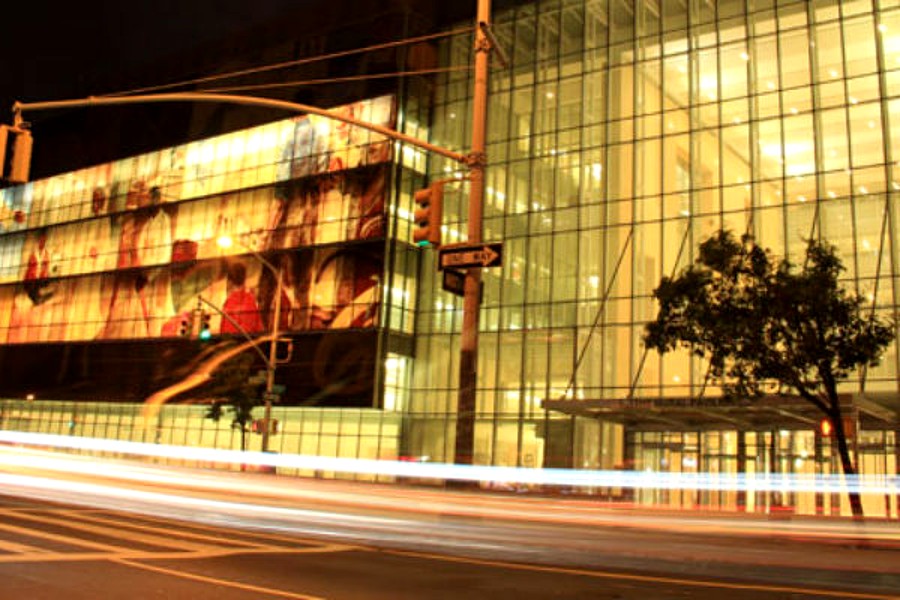
Watching medical dramas can be a suspenseful and thrilling experience, but have you ever wondered about the semantics of the actual healthcare sector?
While the somber-hued uniforms on screen hold no meaning beyond a necessity for the plot, in actuality, these very uniforms together make up to be a critical part of the healthcare sector.
There are several prerequisites that go into using fabric for a healthcare environment. Fabrics used must-have antimicrobial properties along with a resistance to fire and stains. They must also be resistant to moisture and vapors to avoid microbial growth. All of these properties are a few checklists of what makes a fabric suitable for the healthcare sector. However, there are other factors that influence this choice, the most important being the fabric market. Here are a few factors that influence the medical fabric market, subsequently impacting these decisions.
Impact of Covid 19:
The quality of fabrics plays an important role in influencing the medical fabric market. Healthcare fabrics are one of the fastest-growing segments in medical textiles, much due to the emerging healthcare facilities in developing countries. The fabric market is segmented based on raw materials, application, fabric type, and region. This essentially means that increased demand in any of these segments would influence the market. In this context, the emergence of Covid 19 has supported the growth due to the increased demands for protective gears, gowns, gloves, etc. However, at the same time, the demands for vaccines, medications, respiratory support equipment, and other tools have created a major shift in the industry. Aiding those with other diseases has become exceptionally important in these difficult times which has to a greater extent impacted the fabric market negatively.
Increased demand for hygiene products:
Hygiene products like baby diapers and sanitary napkins make up the largest application for healthcare fabrics. The growing competition among key manufacturers has not only promoted product innovation but has also pushed the production of high-quality and premium products. There has also been a rise in consumer awareness regarding hygiene products with increased demands for products with antibacterial and antifungal properties. There has also been an increase in initiatives and development policies around the use of sanitary napkins which has played a pivotal role in the higher use of hygiene products. As mentioned above, since hygiene products like sanitary napkins and baby diapers make up the largest application of healthcare fabrics, increased demand for the same would drive demand for medical fabric too.
Role of Different Segments:
Since healthcare fabrics are segmented based on raw material, application, fabric type and region, it is natural that influences in these segments would impact the medical fabric market. Due to a rise in demand for hygiene products, polypropylene has seen a major increase in demand. In terms of fabric, nonwoven fabrics have been in demand due to their excellent absorption properties, softness, smoothness, comfort, and cost-effectiveness. As stated before, hygiene products have the highest demands in terms of application. On a regional front, while Europe had been leading up till now, the Asia Pacific is now emerging with abundant potential opportunities. All these factors when looked at together can provide insights into the upcoming market trend and thereby influence the healthcare fabric market.
On the surface healthcare fabrics seem to hold little to no significance beyond legal regulations for safety. However, it is important to know that this very factor plays a major role in the overall healthcare market and industry. With the growing awareness of environmental problems and demand for greener initiatives, the healthcare sector is facing fast emerging changes, especially in the fabric segment. These upcoming changes and insights hold a very important power in influencing market trends and thereby impacting the entire healthcare sector.
Become a Harlem Insider!
By submitting this form, you are consenting to receive marketing emails from: Harlem World Magazine, 2521 1/2 west 42nd street, Los Angeles, CA, 90008, https://www.harlemworldmagazine.com. You can revoke your consent to receive emails at any time by using the SafeUnsubscribe® link, found at the bottom of every email. Emails are serviced by Constant Contact







